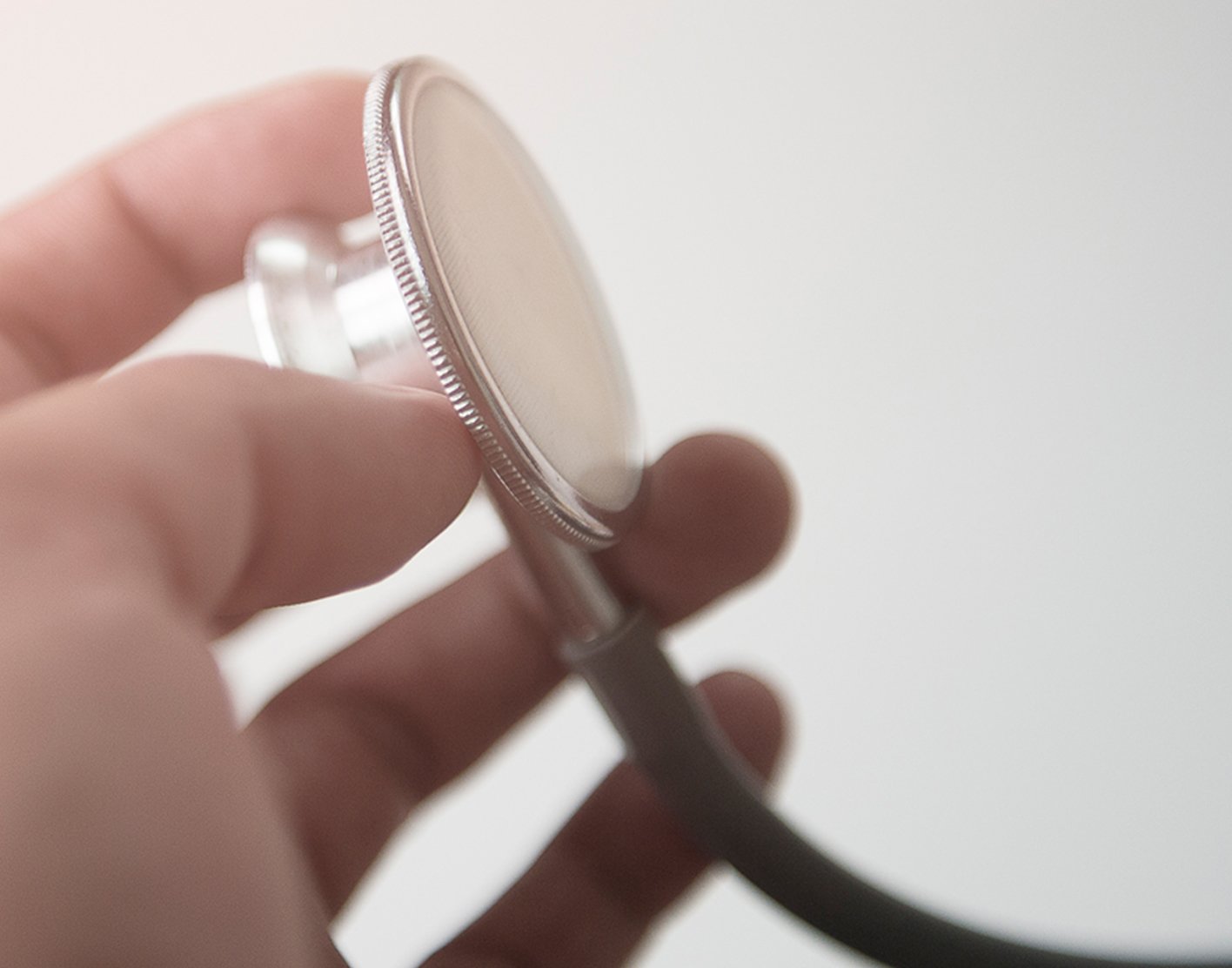
RBC nuclear scan
Definition
An RBC nuclear scan uses small amounts of radioactive material to mark (tag) red blood cells (RBCs). Your body is then scanned to see the cells and track how they move through the body.
Alternative Names
Bleeding scan; Tagged RBC scan; Hemorrhage - RBC scan
How the Test is Performed
The procedure for this test may vary a little. This depends on the reason for the scan.
The RBCs are tagged with
The first method involves removing blood from a vein. The red blood cells are separated from the rest of the blood sample. The cells are then mixed with the radioactive material. The cells with the radioactive material are considered "tagged." A short time later the tagged RBCs are injected into one of your veins.
The second method involves an injection of medicine. The medicine allows the radioactive material to attach to your red blood cells. The radioactive material is injected into a vein 15 or 20 minutes after you receive this medicine.
Scanning may be done right away or after a delay. For the scan, you will lie on a table under a special camera. The camera detects the location and amount of radiation given off by the tagged cells.
A series of scans may be done. The specific areas scanned depend on the reason for the test.
How to Prepare for the Test
You will need to sign a consent form. You put on a hospital gown and take off jewelry or metallic objects before the scan.
How the Test will Feel
You may feel a little pain when the needle is inserted to draw blood or to give the injection. Afterward, there may be some throbbing.
The radioactive material is painless. Some people may have discomfort from lying on the hard table.
Why the Test is Performed
This test is most often done to find the site of bleeding. It is done in people who have blood loss from the colon or other parts of the gastrointestinal tract.
A similar test called a ventriculogram may be done to check heart function.
Normal Results
A normal exam shows no rapid bleeding from the gastrointestinal tract.
What Abnormal Results Mean
There is active bleeding from the gastrointestinal tract.
Risks
Slight risks from having blood drawn include:
Fainting or feeling lightheadedHematoma (blood accumulating under the skin)- Infection (a slight risk any time the skin is broken)
Very rarely, a person may have an
You will be exposed to a small amount of radiation from the radioisotope. The materials break down very quickly. Almost all radioactivity will be gone within 1 or 2 days. The scanner does not give off any radiation.
Most nuclear scans (including an RBC scan) are not recommended for women who are pregnant or breastfeeding.
Considerations
Scans may need to be repeated over 1 or 2 days to detect
References
Bezobchuk S, Gralnek IM. Middle gastrointestinal bleeding. In: Chandrasekhara V, Elmunzer J, Khashab MA, Muthusamy VR, eds. Clinical Gastrointestinal Endoscopy. 3rd ed. Philadelphia, PA: Elsevier; 2019:chap 17.
Chiang KJ, Saillant NN, Hodin R, Acute gastrointestinal hemorrhage. In: Townsend CM Jr, Beauchamp RD, Evers BM, Mattox KL, eds. Sabiston Textbook of Surgery. 21st ed. Philadelphia, PA: Elsevier; 2022:chap 47.
DeGeorge LM, Nable JV. Gastrointestinal bleeding. In: Walls RM, ed. Rosen's Emergency Medicine: Concepts and Clinical Practice. 10th ed. Philadelphia, PA: Elsevier; 2023:chap 26.
Review Date: 05/07/2022
The information provided herein should not be used during any medical emergency or for the diagnosis or treatment of any medical condition. A licensed physician should be consulted for diagnosis and treatment of any and all medical conditions. Call 911 for all medical emergencies. Links to other sites are provided for information only -- they do not constitute endorsements of those other sites. Copyright ©2019 A.D.A.M., Inc., as modified by University of California San Francisco. Any duplication or distribution of the information contained herein is strictly prohibited.
Information developed by A.D.A.M., Inc. regarding tests and test results may not directly correspond with information provided by UCSF Health. Please discuss with your doctor any questions or concerns you may have.



























